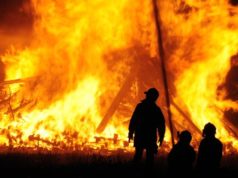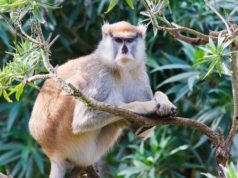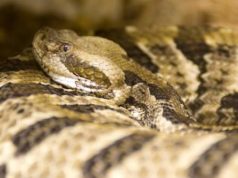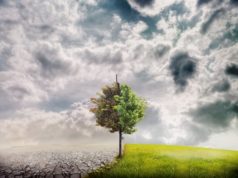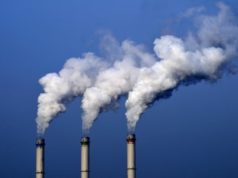
From moose in Minnesota to caribou in Alaska to birds in the Great Plains, new studies say that animals are struggling to adapt with new climate conditions caused by the burning of fossil fuels and the subsequent penetration of carbon emissions into the atmosphere.
“Changes to the climate are the biggest threats wildlife will face this century,” says the report released by the National Wildlife Federation, an environmental organization based out of Virginia.
Though animals are genetically coded to adapt to natural climate alterations since the beginning of time, the changes are happening at an accelerated rate. This man-influenced exacerbation seemingly extends beyond the natural capabilities of adaption in most animals. “The climatic conditions to which species have grown accustom to are rapidly changing,” according to “Wildlife in a Warming World”, the report issued by the National Wildlife Federation.
The federation claims that climate changes are happening much faster than what animals are accustom and able to respond to. The federation says these words are not based on a computer model simulation but rather “evidence that is taking place before our eyes.” Climate scientist, Amanda Staudt, says that several plant and animal species are migrating to colder locations and these shifts are taking place two to three times faster than scientists expected.
The report notes that a couple of species facing extinction are bighorn sheep in California and two species of butterflies in the San Francisco Bay area.
In addition to the moral aspect of caring for Earth’s fellow organisms, wildlife contributes hundreds of billions of dollars to the United States’ economy each year, says Mark Shaffer, the national climate change policy director for the Federal Fish and Wildlife Service. Mr. Shaffer says there are a number of ways that wildlife is of value to the human population, whether through harvesting, catching or just viewing. “We are seeing the effects of climate change on wildlife and we are anticipating greater effects in the future,” said Shaffer.
The importance of wildlife can be viewed by one minute aspect of the food chain: by feasting on insects, bats contribute up to $3 billion per year to pest control services.
The warming temperatures in the West led to a recent explosion in one species of insect: widespread pine beetle infestations left swaths of dead trees in their wake according to the report.
Although the warming temperatures may provide benefits to wildlife, the negative impact will be far greater. Michelle Staudinger, a fellow with the U.S. Geological Survey, said that climate change adds to the bevy of problems, including land use changes, increased pollution and exploitation–facing wildlife in the USA.
According to the NWF report, empirical evidence is present that shows declines in species populations and localized extinctions as a result of climate change. The exact number of species that will go extinct depends on how much the planet warms during the subsequent decades.





